-
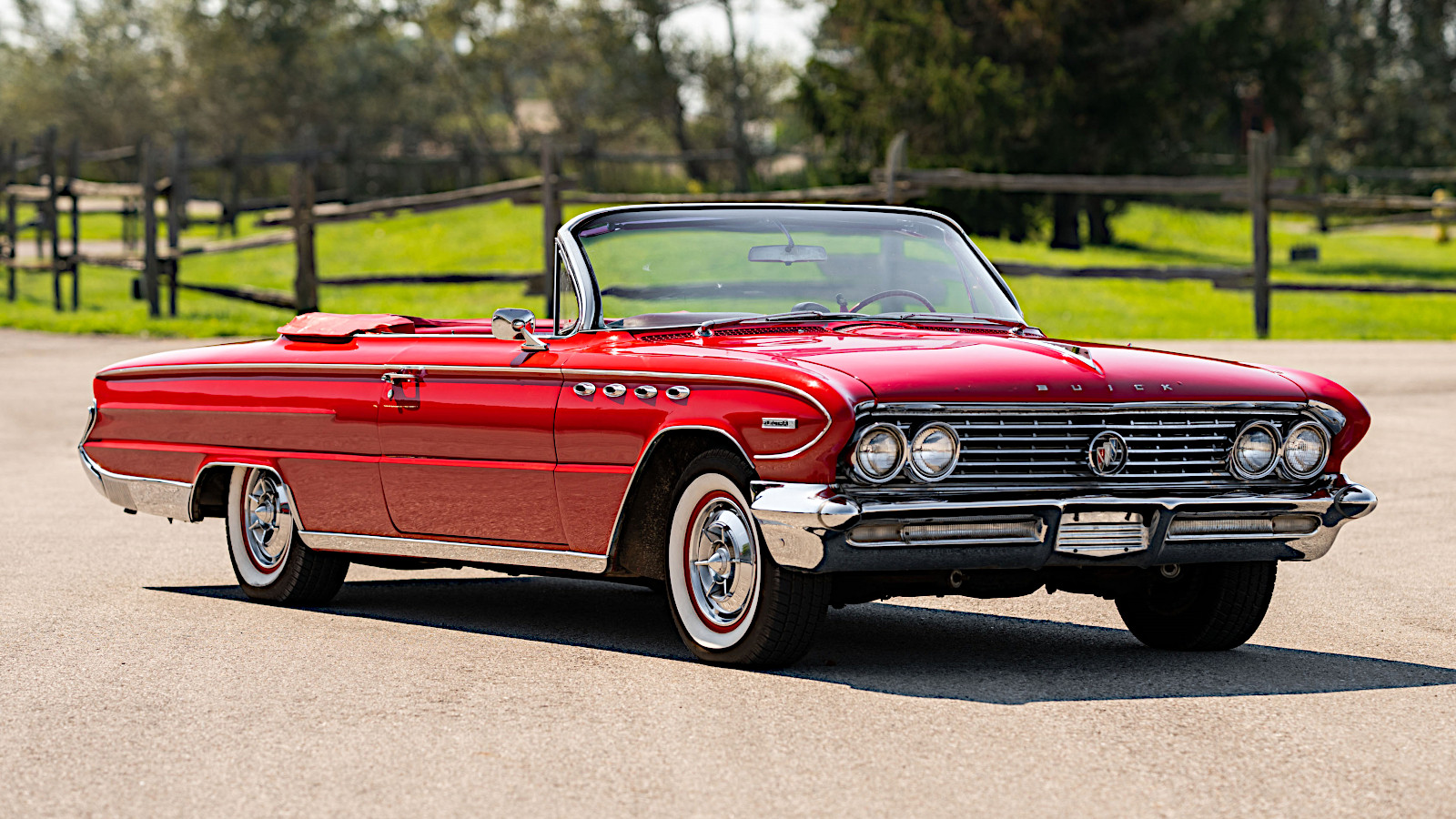 © RM Sotheby’s
© RM Sotheby’s -
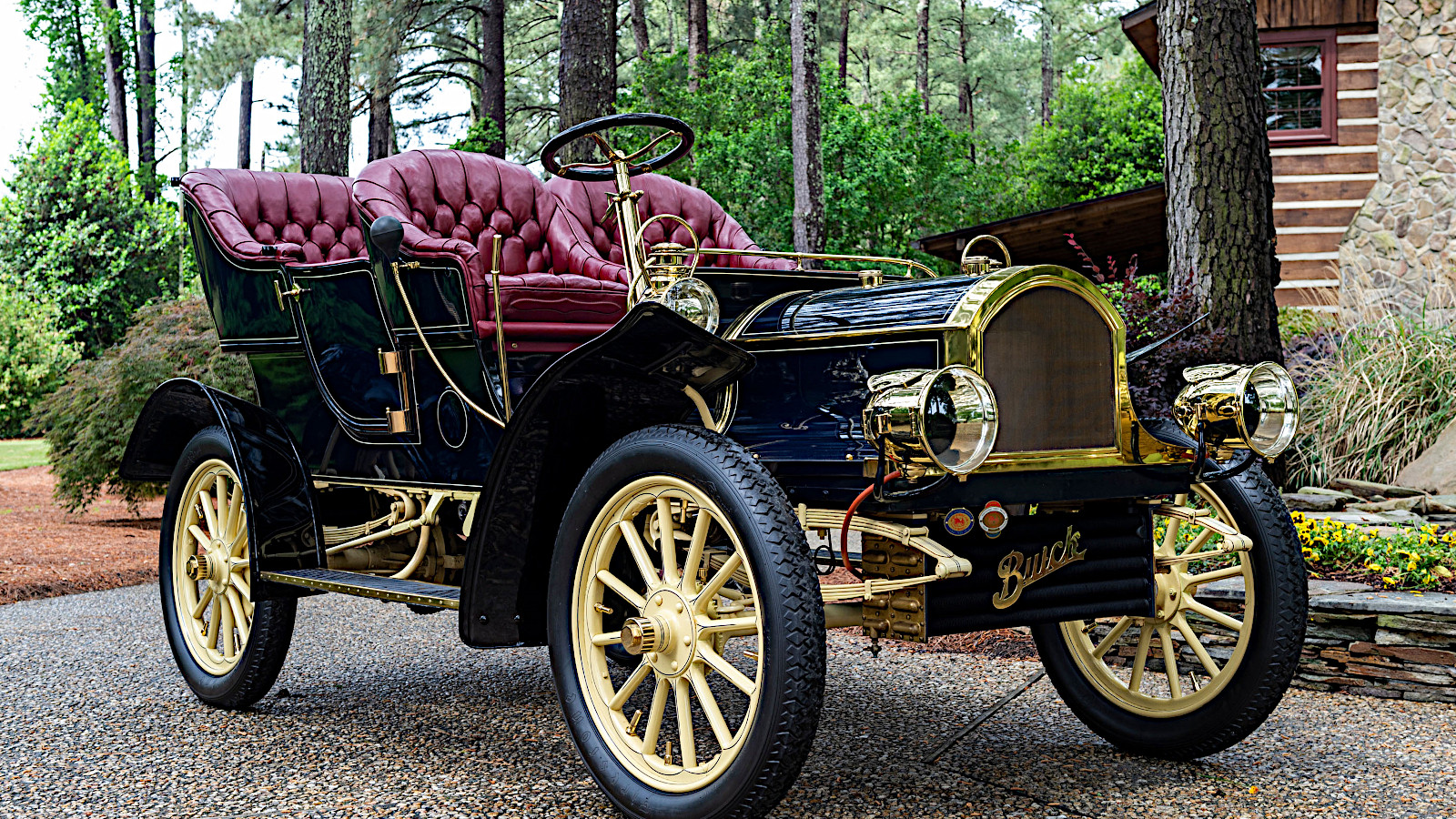 © RM Sotheby’s
© RM Sotheby’s -
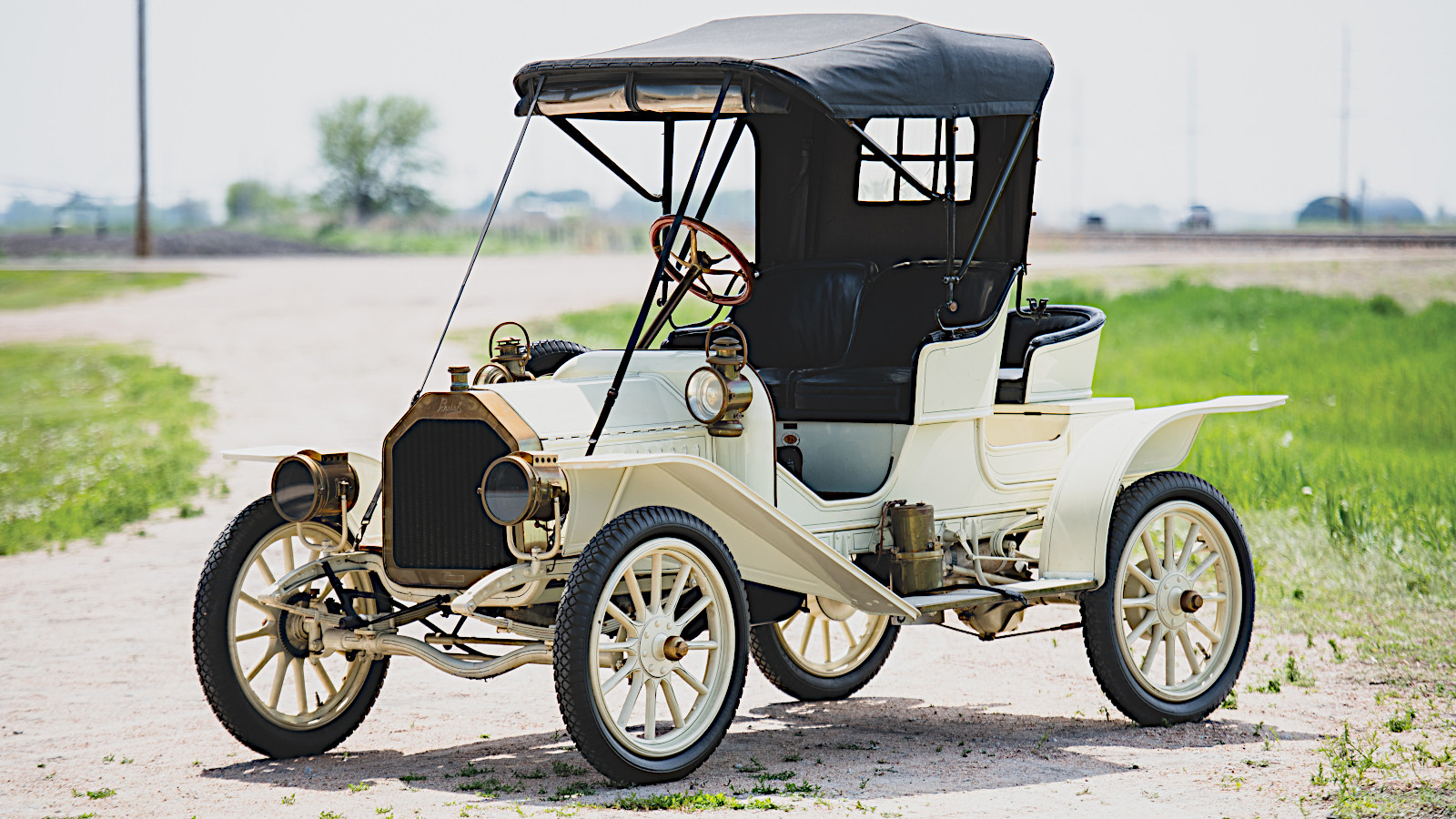 © RM Sotheby’s
© RM Sotheby’s -
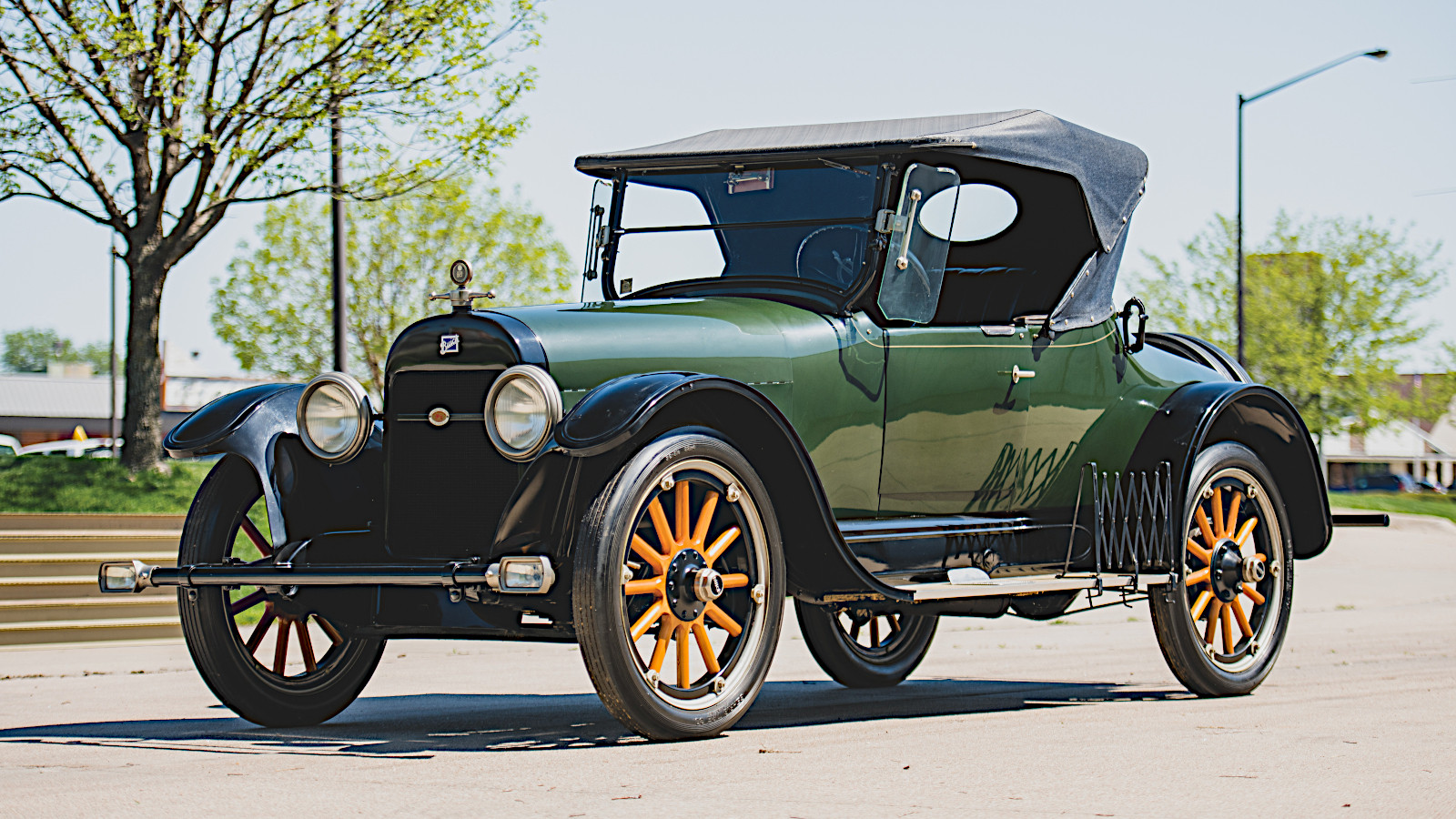 © RM Auctions
© RM Auctions -
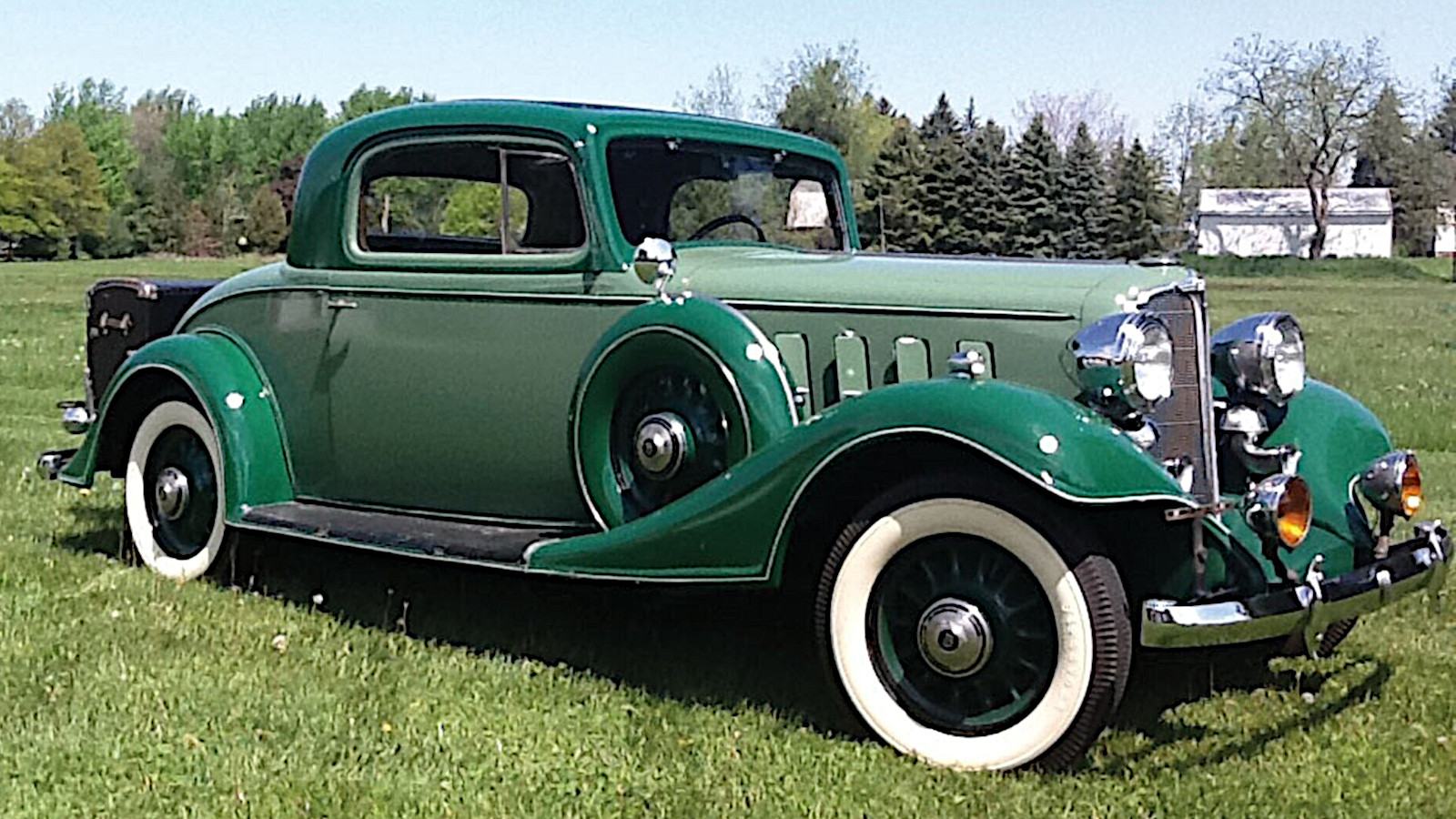 © RM Sotheby’s
© RM Sotheby’s -
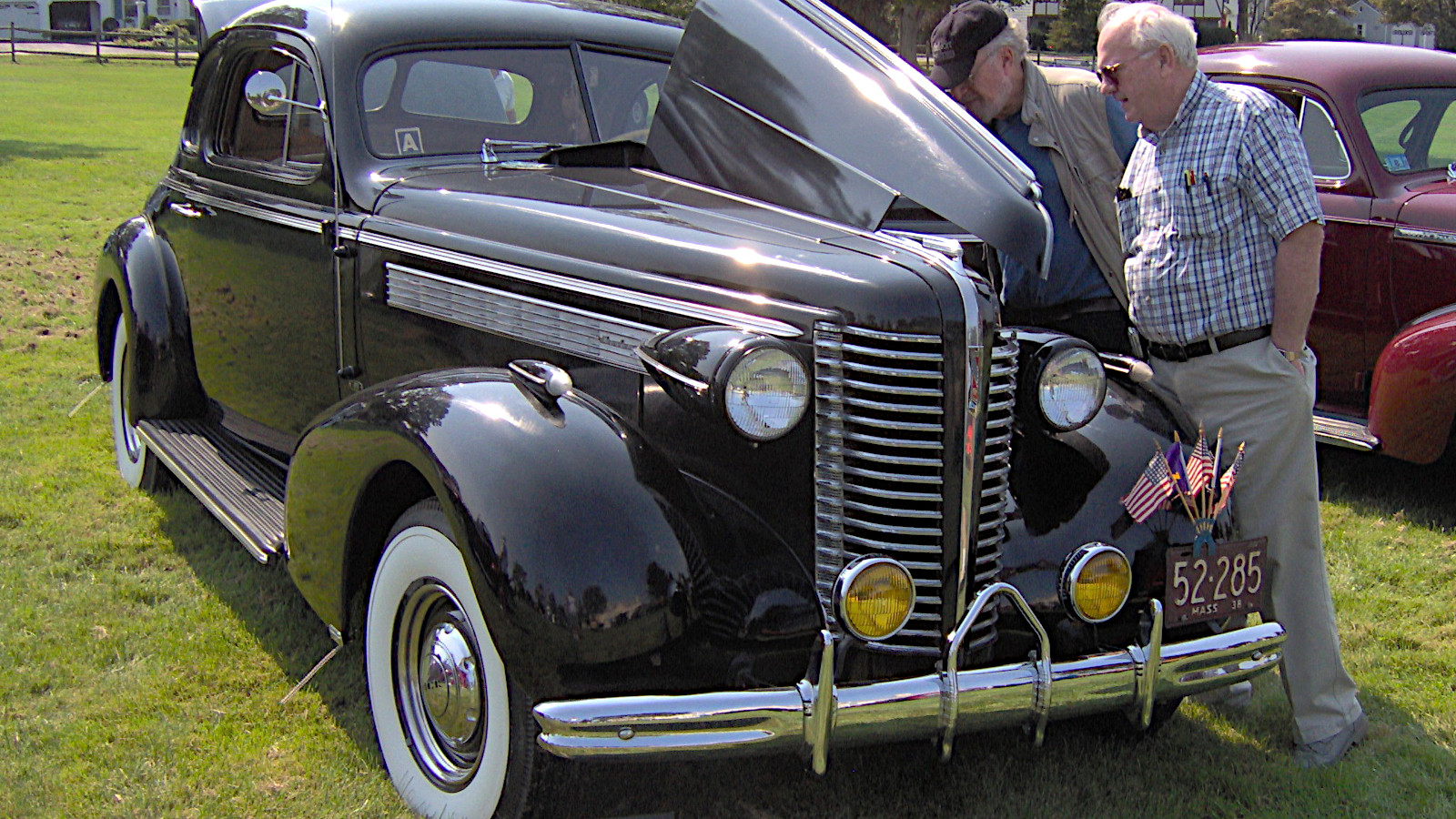 © Stephen Foskett /Creative Commons licence: https://creativecommons.org/licenses/by-sa/3.0/legalcode
© Stephen Foskett /Creative Commons licence: https://creativecommons.org/licenses/by-sa/3.0/legalcode -
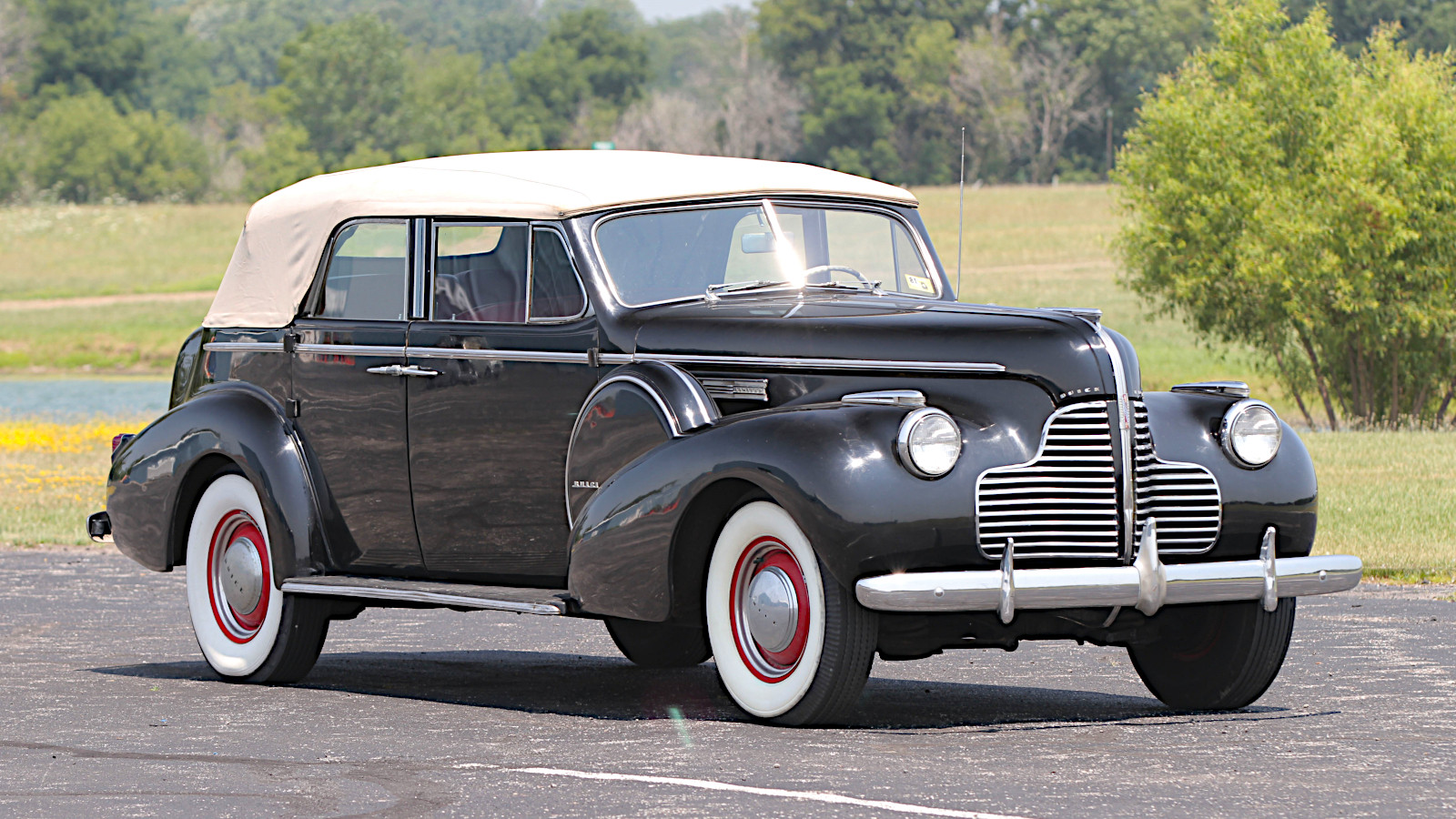 © Teddy Pieper/RM Sotheby’s
© Teddy Pieper/RM Sotheby’s -
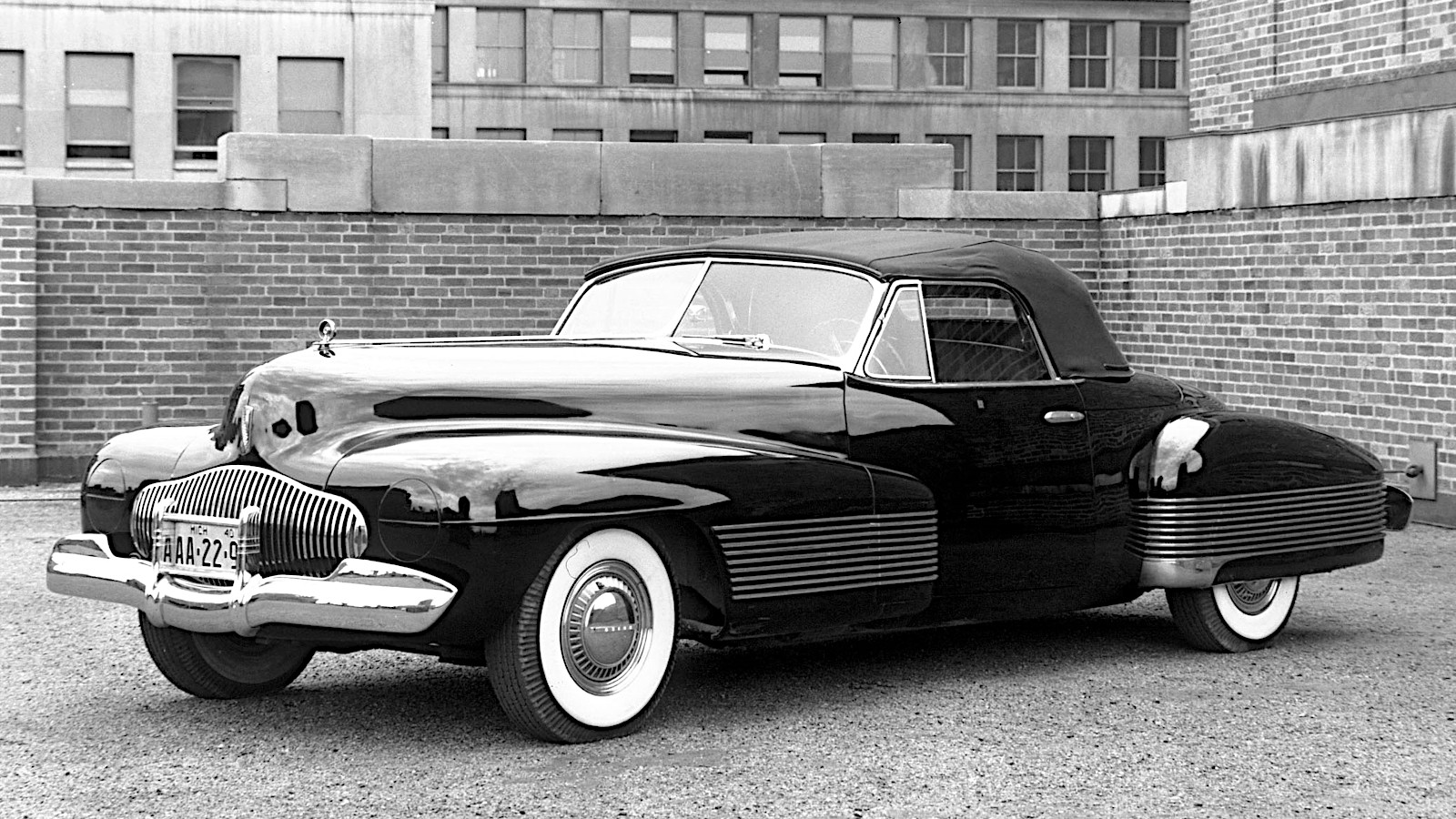 © GM
© GM -
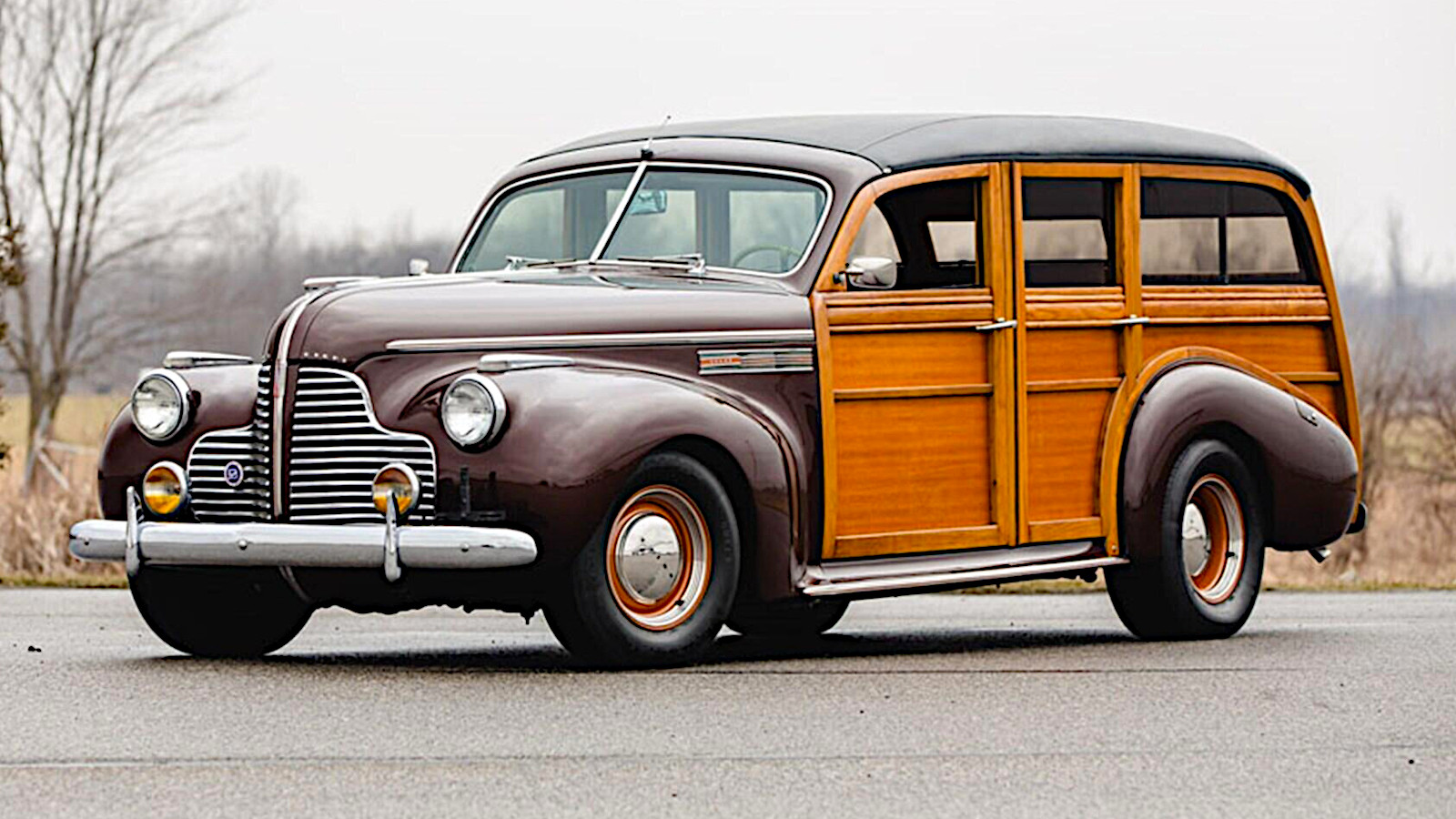 © Theodore W Pieper/RM Sotheby’s
© Theodore W Pieper/RM Sotheby’s -
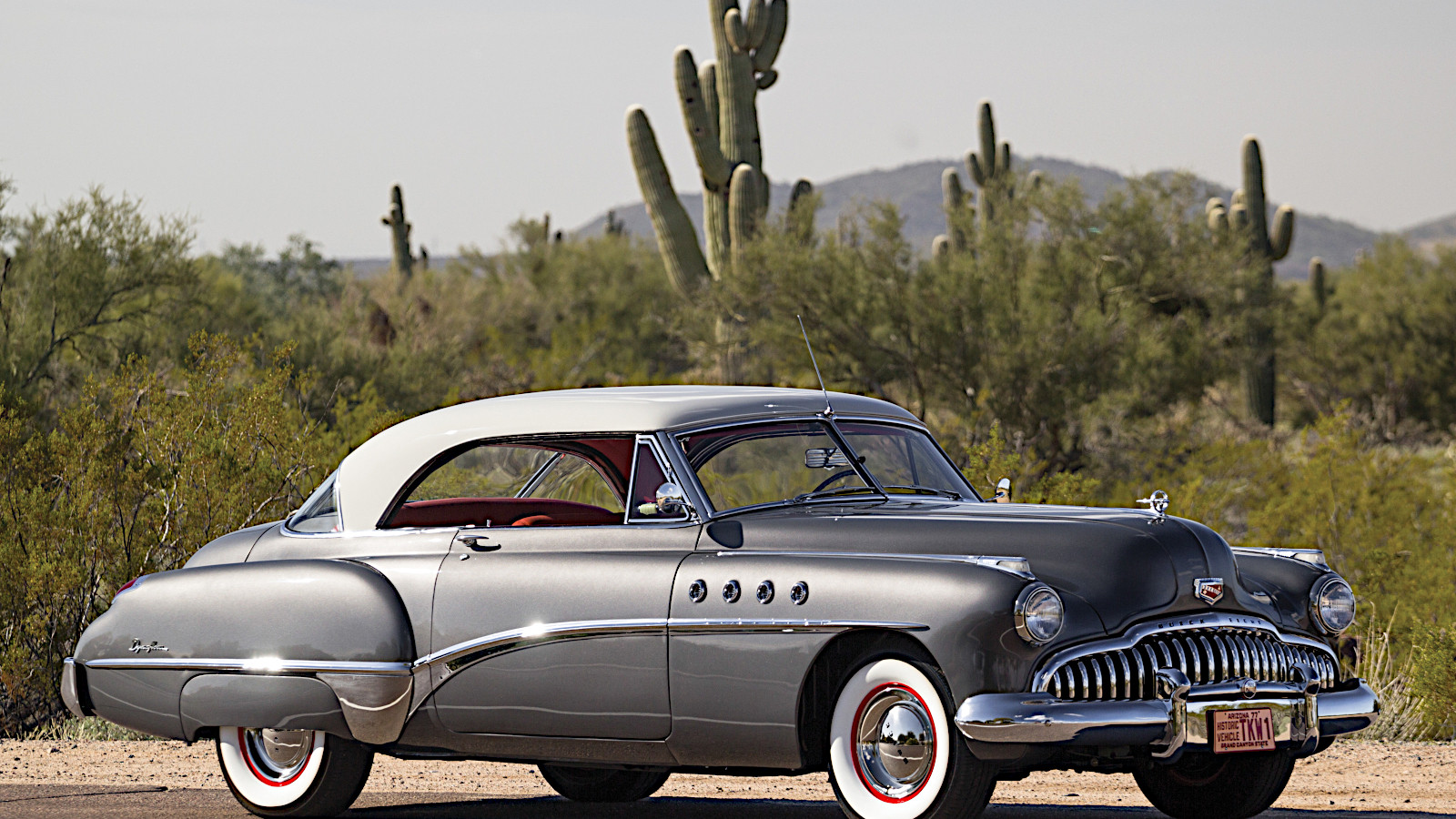 © RM Sotheby’s
© RM Sotheby’s -
 © Teddy Pieper/RM Sotheby’s
© Teddy Pieper/RM Sotheby’s -
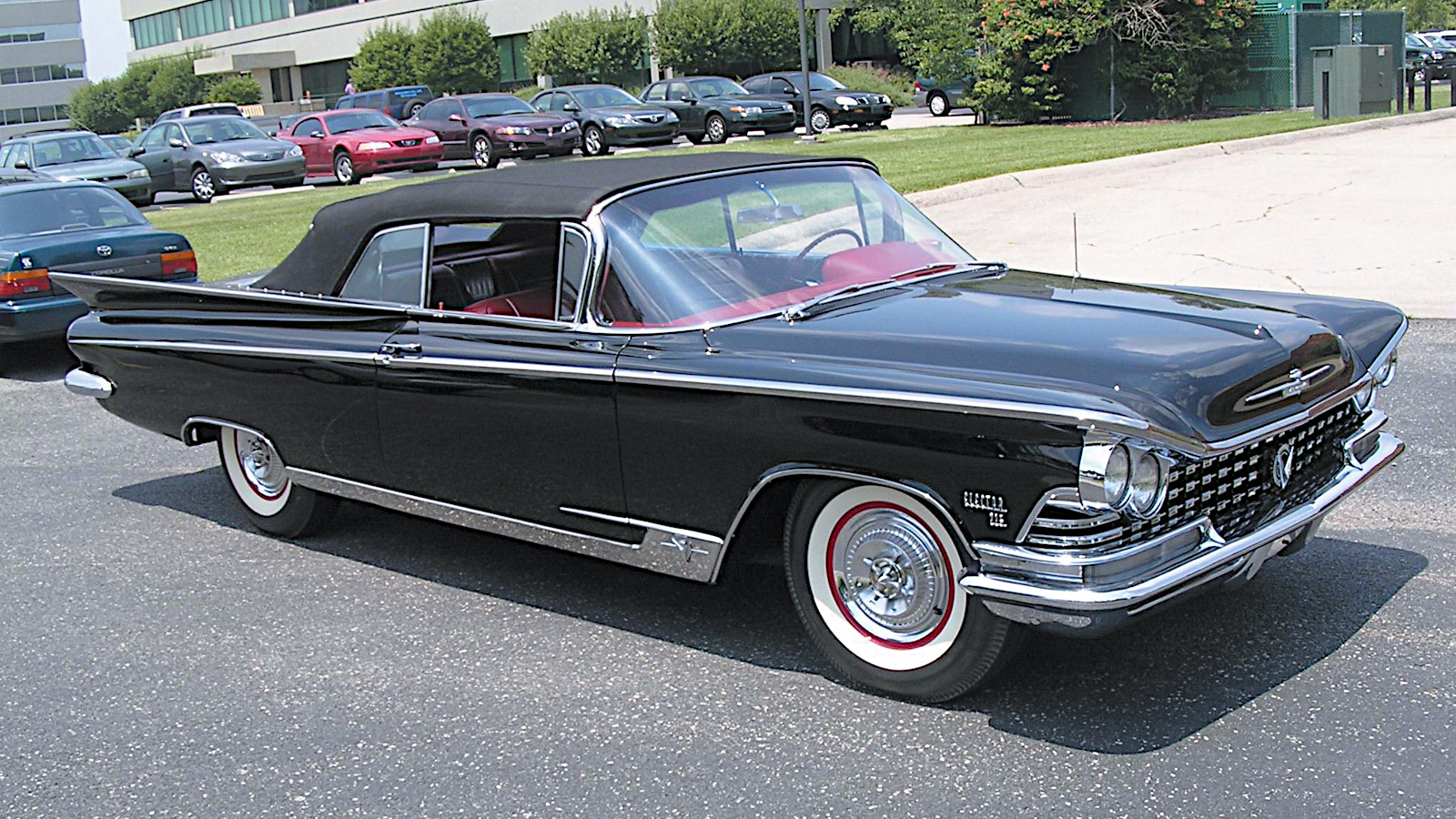 © RM Sotheby’s
© RM Sotheby’s -
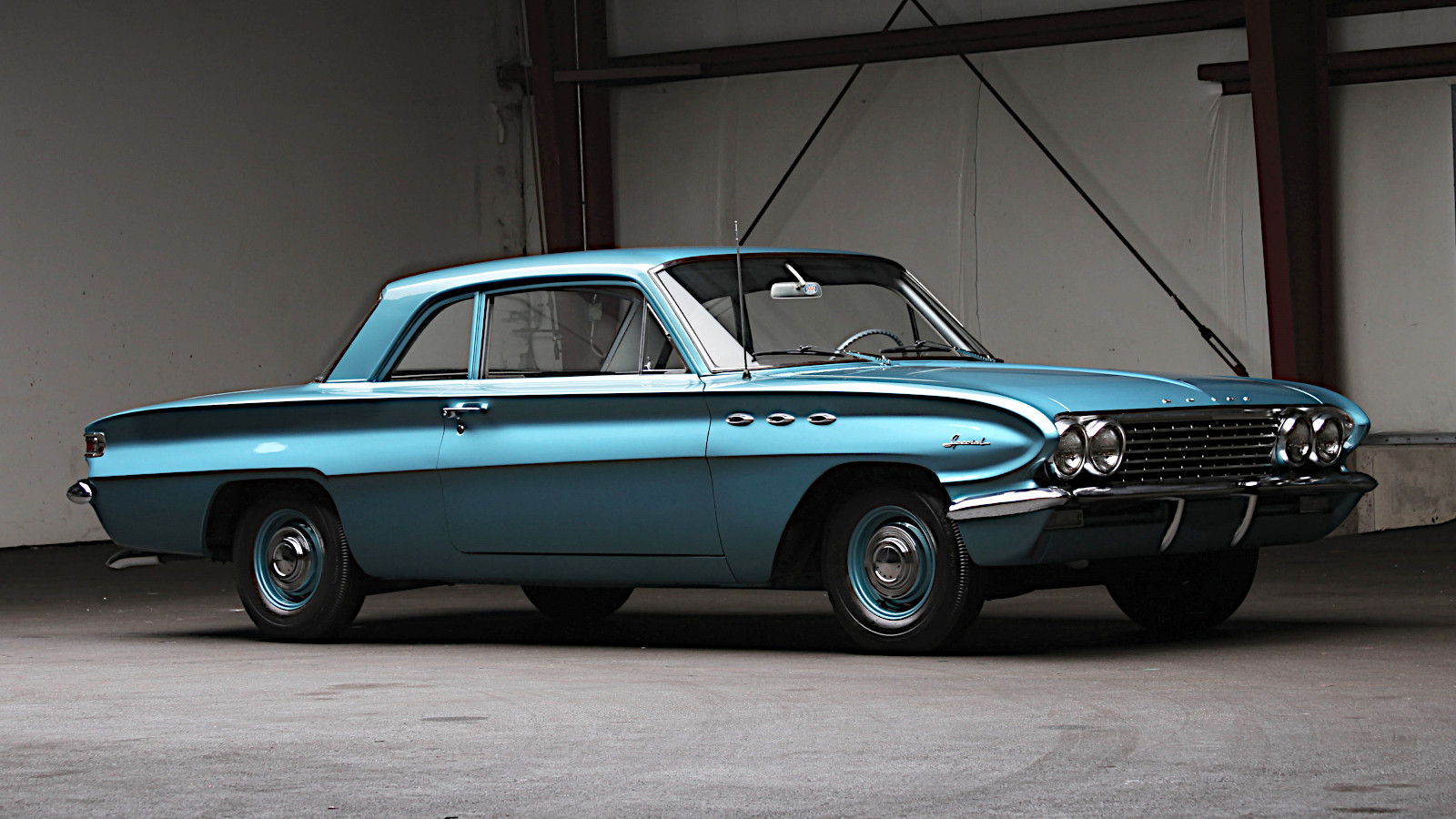 © Teddy Pieper/RM Sotheby’s
© Teddy Pieper/RM Sotheby’s -
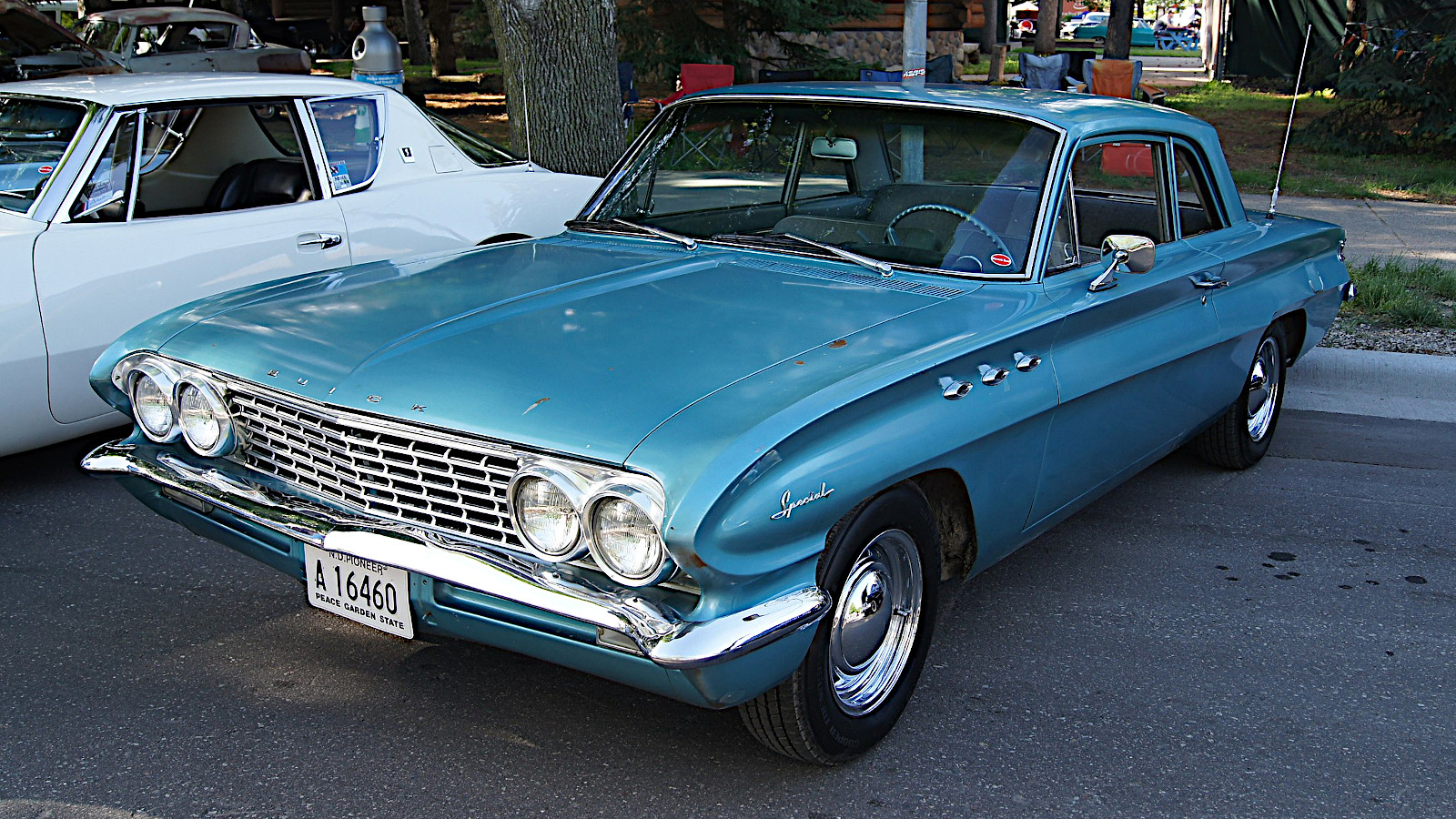 © Greg Gjerdingen/Creative Commons https://creativecommons.org/licenses/by/2.0/legalcode
© Greg Gjerdingen/Creative Commons https://creativecommons.org/licenses/by/2.0/legalcode -
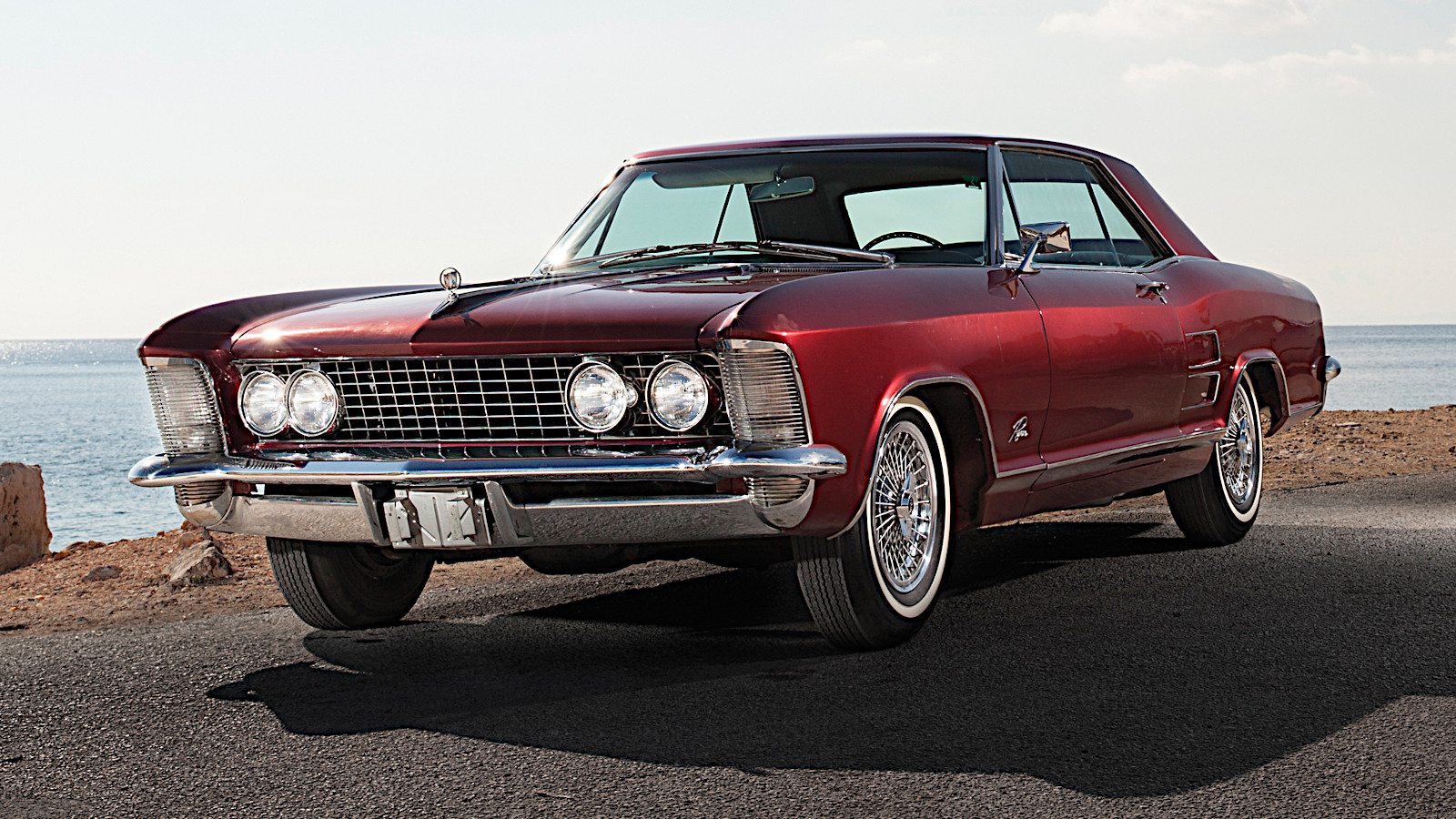 © Tom Gidden/RM Sotheby’s
© Tom Gidden/RM Sotheby’s -
 © Sicnag/Creative Commons https://creativecommons.org/licenses/by/2.0/legalcode
© Sicnag/Creative Commons https://creativecommons.org/licenses/by/2.0/legalcode -
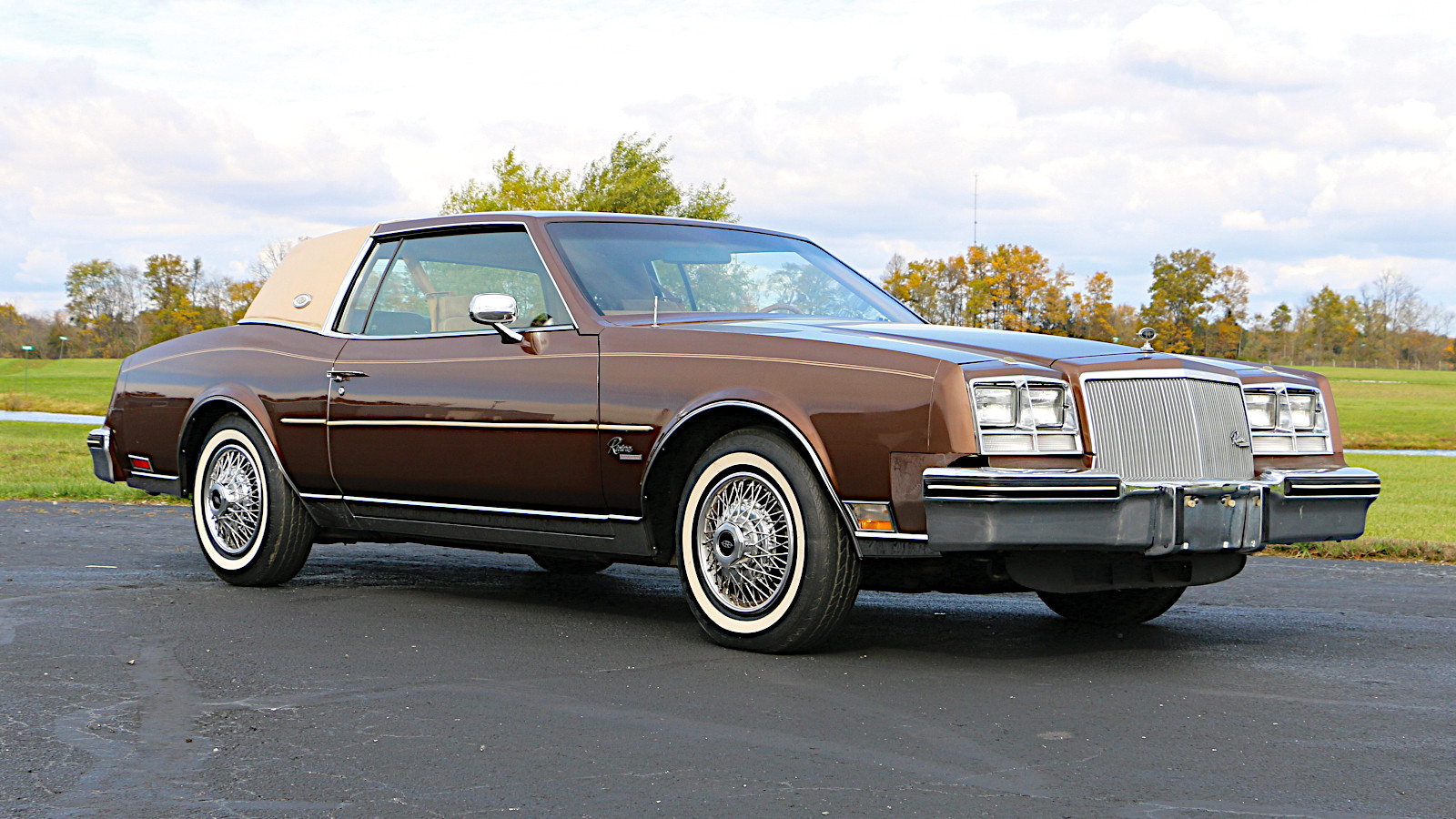 © RM Sotheby’s
© RM Sotheby’s -
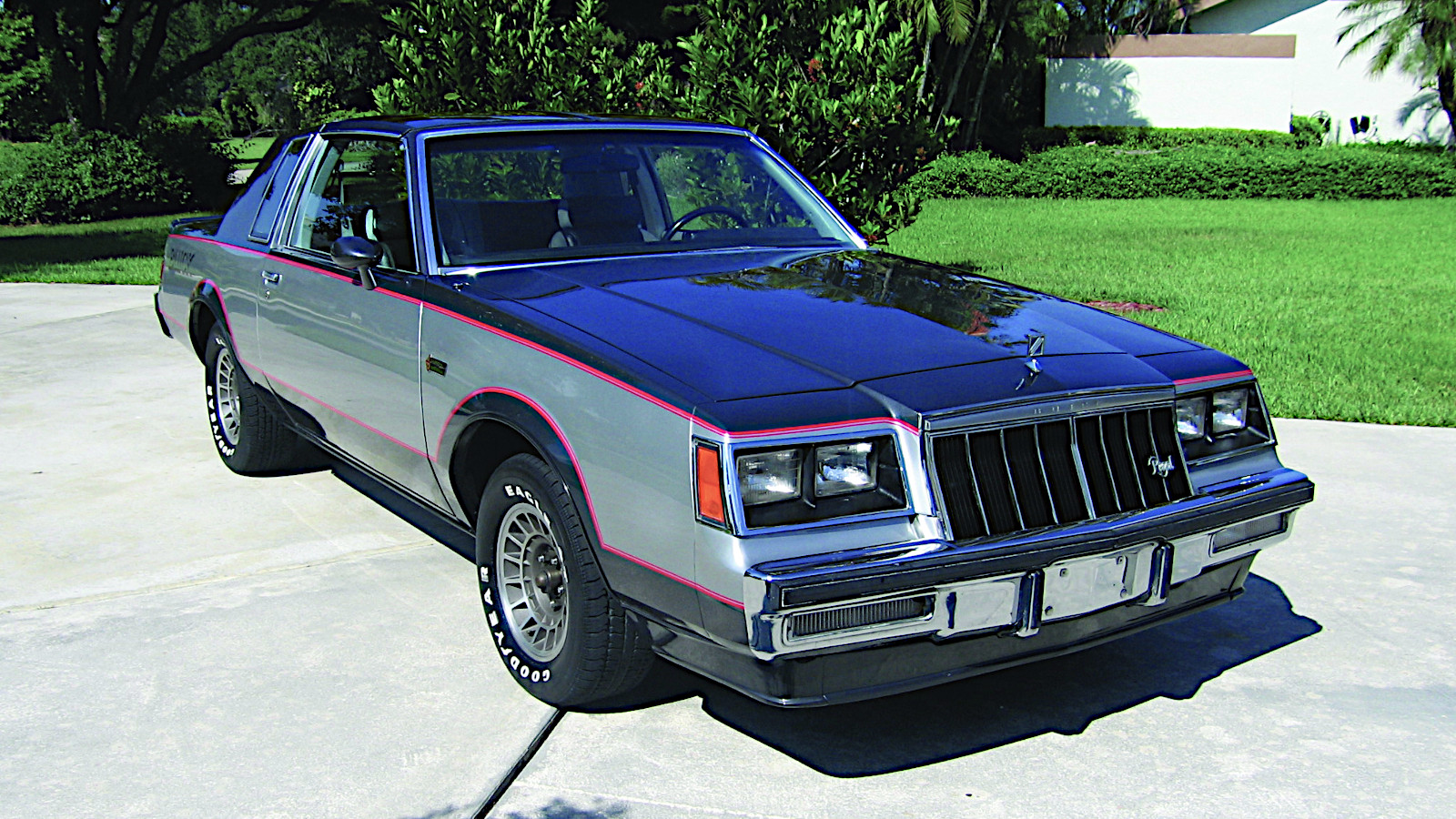 © RM Sotheby’s
© RM Sotheby’s -
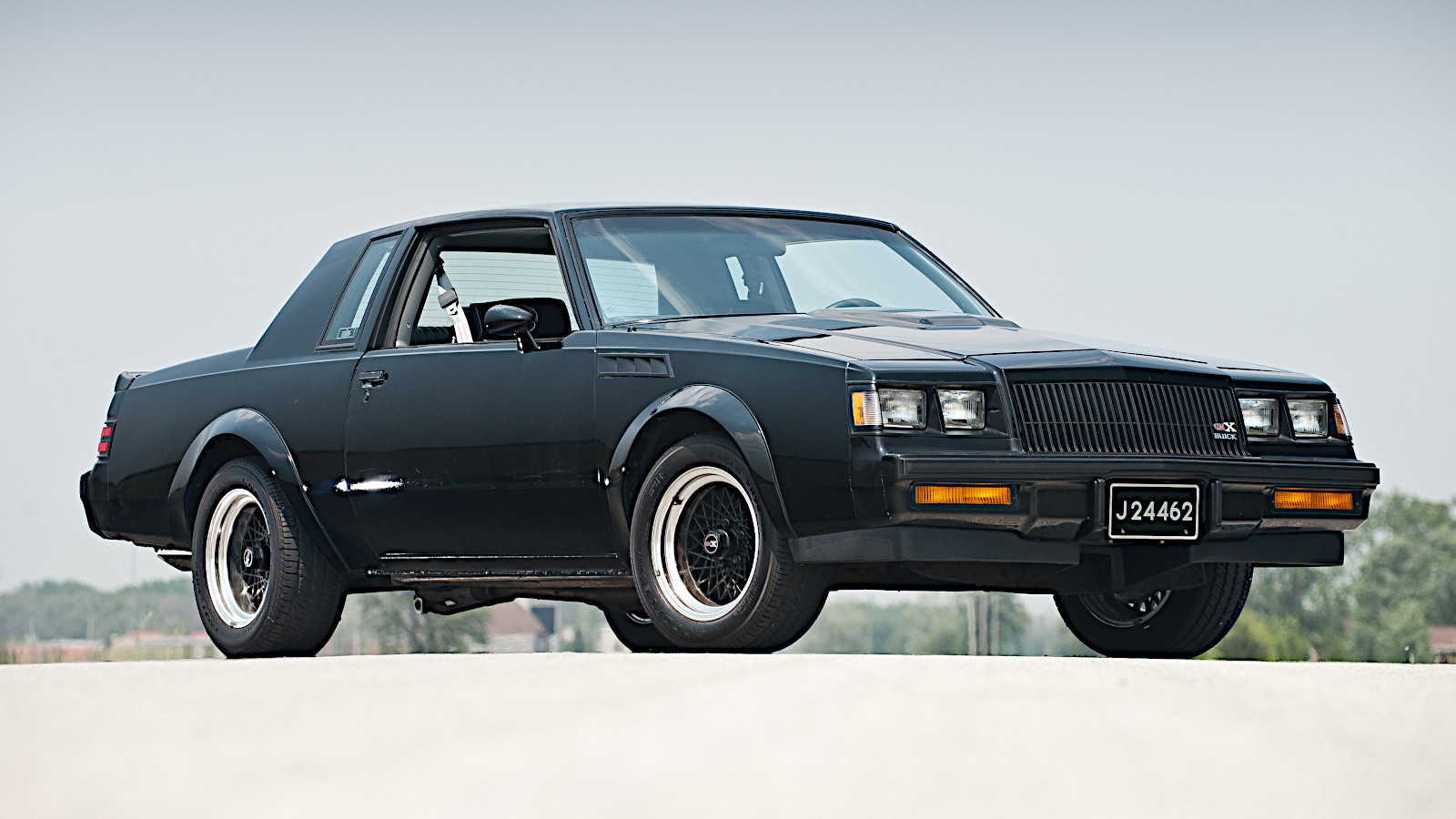 © Darin Schnabel/RM Auctions
© Darin Schnabel/RM Auctions -
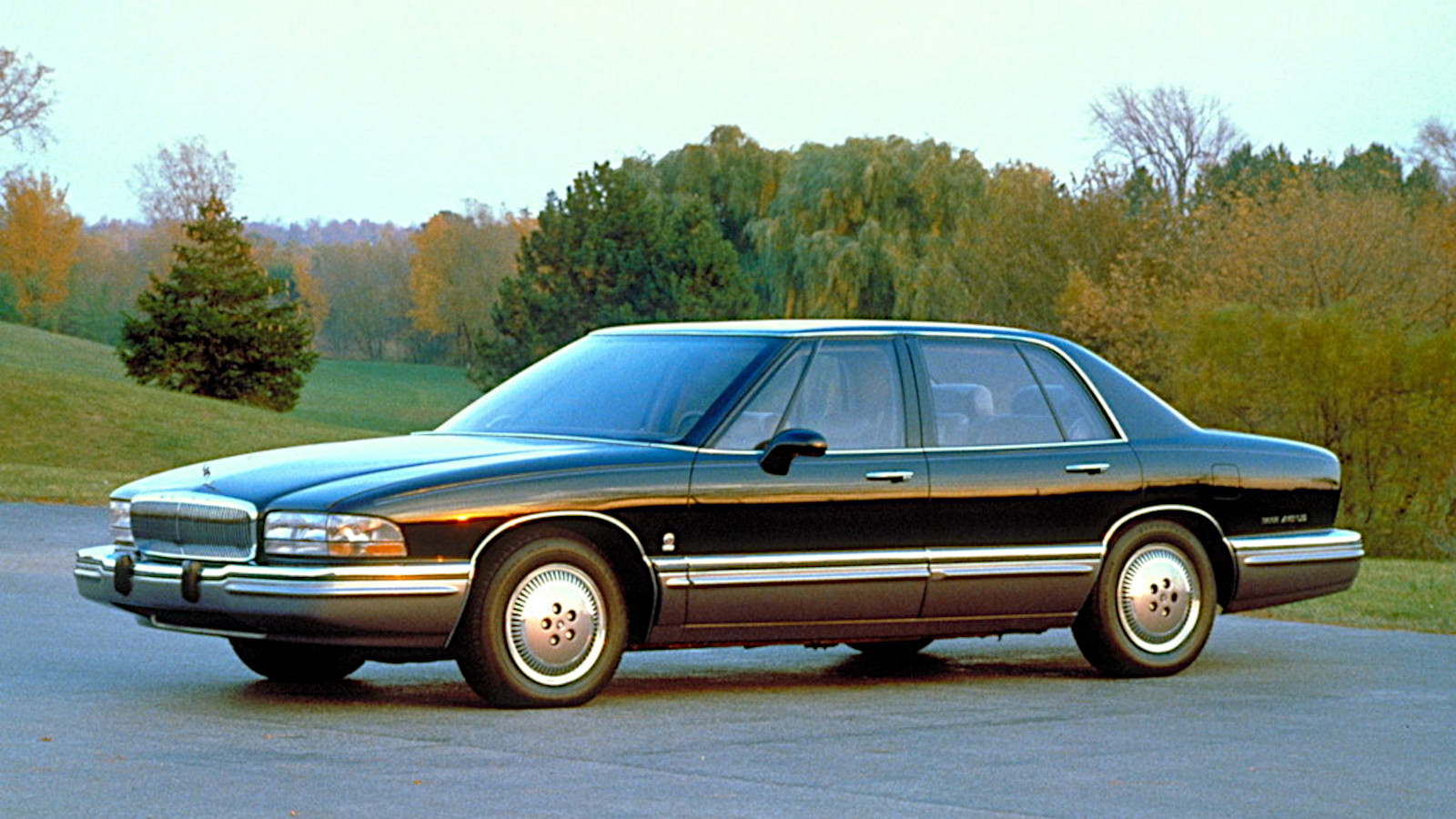 © GM
© GM
-
The brilliance of Buick
Here are some things you might know about Buick: it’s the oldest US manufacturer still building cars, it was part of the founding of General Motors, it now sells only SUVs in its home market, and it has historically been (and remains) very popular in China.
Residents of Arbroath on the east coast of Scotland might also declare that its founder, David Dunbar Buick, was born there, though his family emigrated when he was two years old.
Since the Buick story began in the 1800s, it’s clear that a lot more must have happened in all that time than what you’ve just read, so here’s a run through some of the brand’s greatest achievements of the 20th century, which should help explain why Buick is still with us today.
-
1. Buick Model B
After some early experiments, the Model B became Buick’s first production car in 1903.
It was powered by a flat-twin engine which had the absolutely astonishing feature of overhead valves.
No Model Bs are believed to exist today, but the basic design was repeated several times, including in the Model C pictured here.
The cars were very good, but Buick quickly fell into financial difficulties. This combination of circumstances prompted wealthy carriage maker William Durant to buy the company and then, in 1908, use it as the basis of General Motors.
-
2. Buick Four
Buick created a 2.7-litre inline-four engine for a series of cars known collectively, and logically, as Buick Four.
The first of these was the Model 10. Several variants with the same engine and chassis were introduced over a decade until Buick brought the Four’s run to an end in 1918.
-
3. Buick Six
Following what was now becoming a familiar policy, Buick increased its cylinder count by two to produce a straight-six engine in 1914.
Available with capacities ranging from 3.1 to 5.4 litres, it powered the Six (then Buick’s premium model) at first, and later the Master Six and Standard Six of the mid to late 1920s.
The original model appears in the title of Bob Dylan’s 1965 blues song, From A Buick 6, though it is not mentioned in the lyrics.
-
4. Straight-eight engine
The straight-six was replaced in 1931 by a new straight-eight engine which would remain in production until the early 1950s.
One of its first applications was in the Series 60 (pictured), which had started out with the ‘six’ but was upgraded in its second model year.
Despite the better packaging and shorter crankshaft of a V8, straight-eights were more popular in this period, and it made sense for Buick to develop one of its own.
-
5. Streamlining
For the 1936 model year, Buick gave more vibrant names to its various ranges.
As one example of this, the Series 60 became the Century, reputedly because the new model was capable of travelling at 100mph, or at least had a speedometer which suggested that it might.
If it could do this, it was at least partly because of the car’s shape. Few mainstream manufacturers had given any thought to streamlining at the start of the decade, but by 1936 (two years after the introduction of the Chrysler Airflow) it was becoming expected of them.
Buick took a relatively tentative step. The Century still had separate front wings, and its headlights were not incorporated into the bodywork, but it was an aerodynamic marvel compared with the earliest examples of the Series 60.
-
6. Buick Limited
Replacing the Series 90, the Limited became Buick’s luxury model in 1936, the same year the Century was introduced.
Naturally, it was powered by the straight-eight engine, but it was not initially as aerodynamic as the Century, possibly because buyers of the brand’s longest and most expensive car weren’t concerned about such things.
That changed during a mid-life redesign, which included reducing the height of the radiator grille and placing the headlights in the front wings, as shown in this picture of a 1940 Trunkback.
-
7. The Y-Job
Revealed in 1938, the Y-Job is often credited as being the world’s first concept car.
This is not entirely true (the Volvo Venus Bilo, for example, was built five years earlier), but there is no doubt that it was a glorious piece of work.
Designed by a team led by Harley Earl, the Y-Job was based on a Buick Super chassis and had swooping lines and concealed headlights, among many dramatic features.
To celebrate the centenary of its founding in 2003, Buick commissioned another concept called the Blackhawk which visually recalled the Y-Job of 65 years before.
-
8. Buick Estate
For more than half a century, Buick used the Estate term for a long series of what would normally be known in the US as station wagons.
The name first appeared on a partly wood-panelled variant of the Buick Super in 1940 (pictured). Except for a brief period in the 1960s, Buick estates continued to be manufactured until 1996.
The idea was revived in 2018 when Buick introduced the short-lived Regal TourX, a variant of the second-generation Vauxhall/Opel Insignia.
This model was discontinued after the 2020 model year, when Buick decided to focus entirely on SUVs for the US market.
-
9. Buick Roadmaster Riviera
Bearing a name first used in the 1930s, the 1949 Roadmaster had two styling features which would become distinctive Buick design elements in the following years.
All Roadmasters of this period came with VentiPorts – initially functional but later purely decorative chrome-ringed circles on each side of the engine compartment, suggesting the holes made for exhaust outlets on piston-engined aircraft.
The Roadmaster Riviera was also the first Buick available with the Sweepspear, a chrome strip which began on each front wing, gradually curved down to sill level and finally swooped up over the rear wheels.
-
10. The first V8
Buick replaced the long-lived straight-engine with its first V8 in 1953.
Officially named Fireball, it was quickly nicknamed Nailhead because its small, vertically aligned valves looked like a row of nails.
In 5.3-litre form, it powered several Buicks including the Roadmaster (pictured). The Buick Special was briefly offered with a small-bore 4.3-litre version.
This generation was replaced in 1956, but Buick continued to develop V8s until it began using engines brought in from other GM brands in the 1970s.
-
11. Buick Electra
The Electra became Buick’s flagship model in 1959, and cars with that badge occupied the same position until 1990.
The name refers to sculptor Electra Waggoner Biggs. She was the sister-in-law of recently retired GM president Harlow Curtice, who accidentally shot dead the same company’s former vice president Harry Anderson during a duck hunt at around the time the car was introduced.
There were originally two Electras, which replaced the Super and Roadmaster. The larger was known as the 225 – or ‘deuce and a quarter’ – in reference to its overall length of just over 225 inches.
-
12. The small V8
The Buick Special of 1961-’63 featured an all-aluminium 3.5-litre V8 engine which was not particularly successful for the company (partly because it was expensive to manufacture), but went on to become an important part of motoring history.
Rover bought the rights to the engine and developed it further. Now known as the Rover V8, it would later power a large variety of Rovers, Land Rovers, MGs, Morgans, TVRs, Ginettas and innumerable home-built competition cars.
The Repco engine which powered Jack Brabham’s 1966 Formula One World Championship-winning car was related to the Buick, via Oldsmobile’s interpretation of the original unit.
-
13. The Buick V6
Sometimes known in its later forms as the 3800, the Buick V6 was the company’s first engine with that layout, and its first with six cylinders since the straight-six was phased out in 1930.
It made its debut as the cheaper alternative to the aluminium V8 in the 1961 Special (pictured).
Buick passed on the engine to Jeep in 1967, but bought it back from Chrysler (which had by then taken over Jeep) in the following decade.
With several upgrades, including supercharging and turbocharging, the V6 survived for nearly 60 years. Its total production in that time has been estimated at around 25 million.
-
14. Buick Riviera
Although Buick had referred to variants of other models as Riviera since the 1940s, the first car to bear only that name went on sale in 1962.
This was Buick’s luxury car of the period, originally fitted with very large V8 engines. It was only when the fifth generation came along in 1977 that the capacity dropped below 6.6 litres for the first time.
As with the Buick Six, the name entered popular culture. The award-winning 2008 Croatian/Bosnian/German/UK/US film Buick Riviera, set in North Dakota, features a 1965 model beloved by one of the principal characters.
-
15. Buick GSX
The GSX was a derivative of the 1970 Gran Sport, which in 455 form featured a 7.5-litre version of the Buick V8 engine.
To this already powerful car, Buick added the GSX Performance and Handling Package, which included uprated suspension, a different final drive ratio, special graphics and front and rear spoilers. The only available colours were Apollo White and Saturn Yellow.
Production numbers were very low, but the GSX is highly esteemed as a classic muscle car.
-
16. Front-wheel drive
Although Europeans generally don’t realise this, front-wheel drive has been part of American motoring and motorsport history since the 1920s.
In that context, Buick was late to the game. Its first FWD model was the sixth-generation Riviera of 1979, which was offered with a variety of engines ranging in size from 3.8 to 5.7 litres, including the memorably awful Oldsmobile V8 diesel.
Despite the diesel aberration, the car was very successful. In 1985, its final model year, Buick sold over 65,000 examples, the highest annual figure ever achieved by any Riviera.
-
17. NASCAR
Buick’s record in NASCAR racing is modest, certainly in comparison with that of fellow GM brand Chevrolet, but it did win the Manufacturer’s Cup title in 1981, partly due to the superb efforts of Champion driver Darrell Waltrip.
The car it used was visually similar to – and branded as – the Regal, which was now in its second generation.
To celebrate, Buick produced 215 examples of a special edition called the Grand National, powered by a V6 engine rather than the compulsory V8 used in the racers.
Other Grand Nationals would be produced later, but this one was sold only in 1982, the same year that Buick and Waltrip repeated their previous success.
-
18. Buick GNX
The 1987 GNX was the last and perhaps greatest of the Grand National Regals.
Powered by a turbocharged Buick V6 officially quoted as producing 276bhp, it also featured a stiffer bodyshell, redesigned suspension and larger wheels and tyres, among many other changes.
547 examples were built (though the original intention was to make just 200), but even that wasn’t enough to satisfy demand. There are stories of GNXs being sold new for much more than the $29,290 sticker price.
-
19. Buick Park Avenue
Park Avenue was used to describe a trim level for the Buick Electra before becoming the name of the luxury model which replaced the Electra in the 1991 model year.
Always fitted with the 3.8-litre version of the by now venerable V6 engine, the Park Avenue was based on a large front-wheel-drive platform also used by Cadillac and Oldsmobile, and from late 1996 onwards by that platform’s replacement.
The Park Avenue was the grandest car sold by Buick at the turn of the 21st century. It was replaced in 2005 by the Lucerne.
